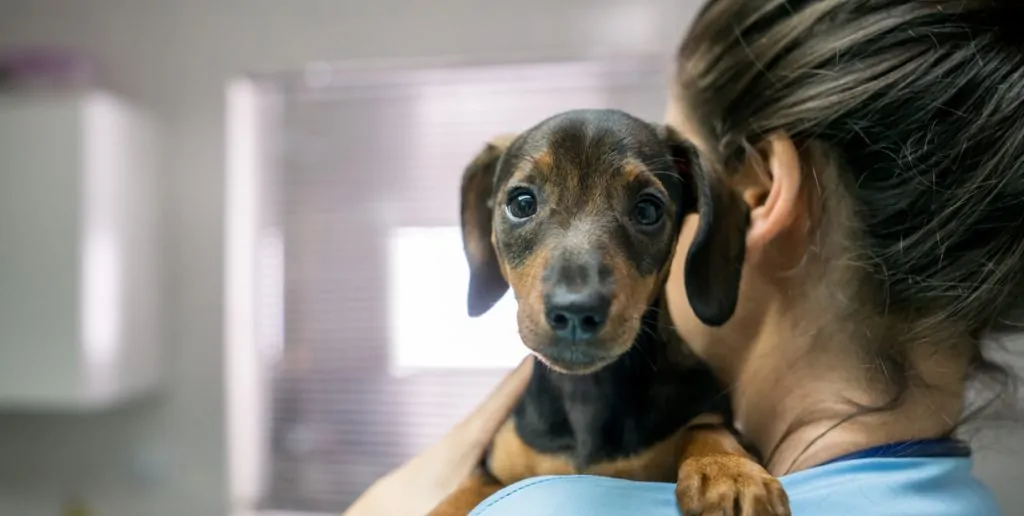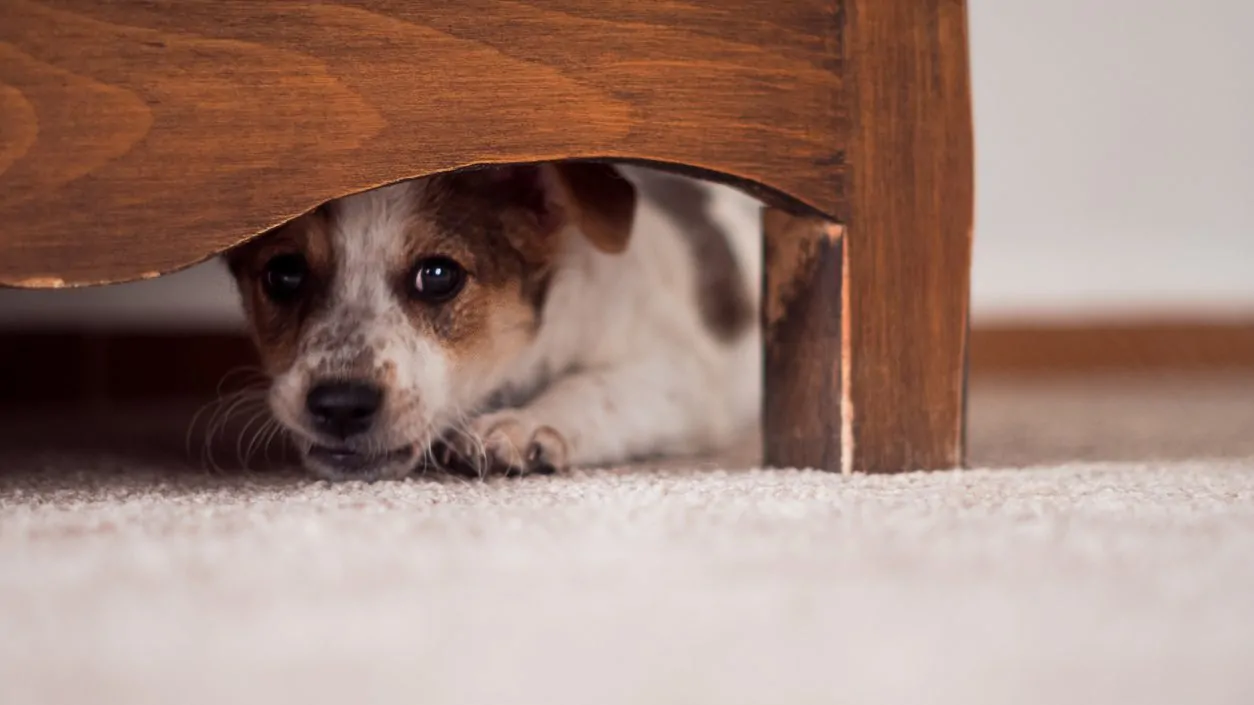
How to Help Your Pet Stress Less at theVet
Pet owners often notice that their pet is stressed during veterinary visits. Cats show stress with hissing, growling, tense crouching, and even vomiting or diarrhea. Even when they return home, disgruntled kitties may continue to exhibit stressed behaviors like refusing food and water or becoming withdrawn until they decide to forgive you. Stressed puppies may exhibit negative behaviors during vet trips such as pacing, whining, barking, or spontaneously relieving themselves but are usually ready to forgive and forget once they get home.
Regular veterinary visits allow vets to establish your pet's baseline so it is easier to identify any changes in their health. Early detection makes it possible for vets to treat health issues in the early stages and prescribe medications and lifestyle changes for chronic conditions before they become acute. Skipping the vet is not an option but there are ways to take the stress out of your pet's trips to the vet.
Most cat owners agree that using the right carrier in the right way is critical keeping your kitty calm at the vet. However, that is often dependant on your cat's temperament. With trial and error, most cat parents find that one or more of the following vet tips work for them:
If you have given up on your dreams of a shenanigan-free veterinary visit with your pup, there is hope. The best vet tip for your puppy is to make their veterinary visit fun. Here's how:
While your vet has their own methods for managing stressed pets, you can set your pet up for success at the vet with a little training and preparation beforehand. Relaxed and well-behaved pets allow vets to perform more thorough examinations and reduce risk of injury to your pet and your vet during medical treatments.

A pet owner never wants their furry companions to be unhappy, but sometimes it is unavoidable. Loud noises are among the top things that upset dogs. When scared by loud noises, dogs may bark, exhibit signs of distress, attempt to escape, or even damage property. Addressing your dog's noise aversion will have a positive impact on their mental health and yours. There are some basic steps you can take at home to make your dog more comfortable. If your dog continues to have problems, you should talk to your veterinarian about more advanced treatments.
Dogs enjoy having a safe, dark, and comfortable place to rest. This behavior may date back to when they were wolves seeking shelter in dens. A crate covered with a blanket is an excellent option. A closet or small room with the lights off and some blankets or dog beds will also work for larger dogs.
Children frequently carry security blankets or stuffed animals to make them feel safe. Dogs aren’t too different. If they have a toy they gravitate towards, place it in their “den” for them.
If your dog generally enjoys chewing, providing them a nice distracting bone or a lick mat is a great activity for them. Lick mats have grooves so that when you spread peanut butter, or something similar, the dogs must work to get the peanut butter out. This is a calming and rewarding activity for them, which may help to distract them.
Playing background noise can be beneficial. Brown noise has more bass and less static than white noise and might be a better option. It may also be beneficial to play classical music if your dog likes it.
Dogs communicate with each other and with humans through body language. Paying attention to how your dog is behaving, both before and during a thunderstorm, will help you understand which body markers they display when they are nervous. Knowing what their behavior means about their mental state is crucial to understanding how to help them.
While their behavior may seem inappropriate, it is rooted in fear. Instead of reprimanding your dog, the best thing you can do is speak to them in a happy and calm voice and try to reassure them. If they enjoy being touched, long steady slow pets are helpful.
If behavior and environmental changes aren’t enough, it may be time to visit a veterinarian. Depending on the severity of your dog’s anxiety, the veterinarian may recommend different medications. There are several medical options, ranging from calming pheromones to anxiety medications used in humans.
Phone: (855) 461-8259
Email: [email protected]